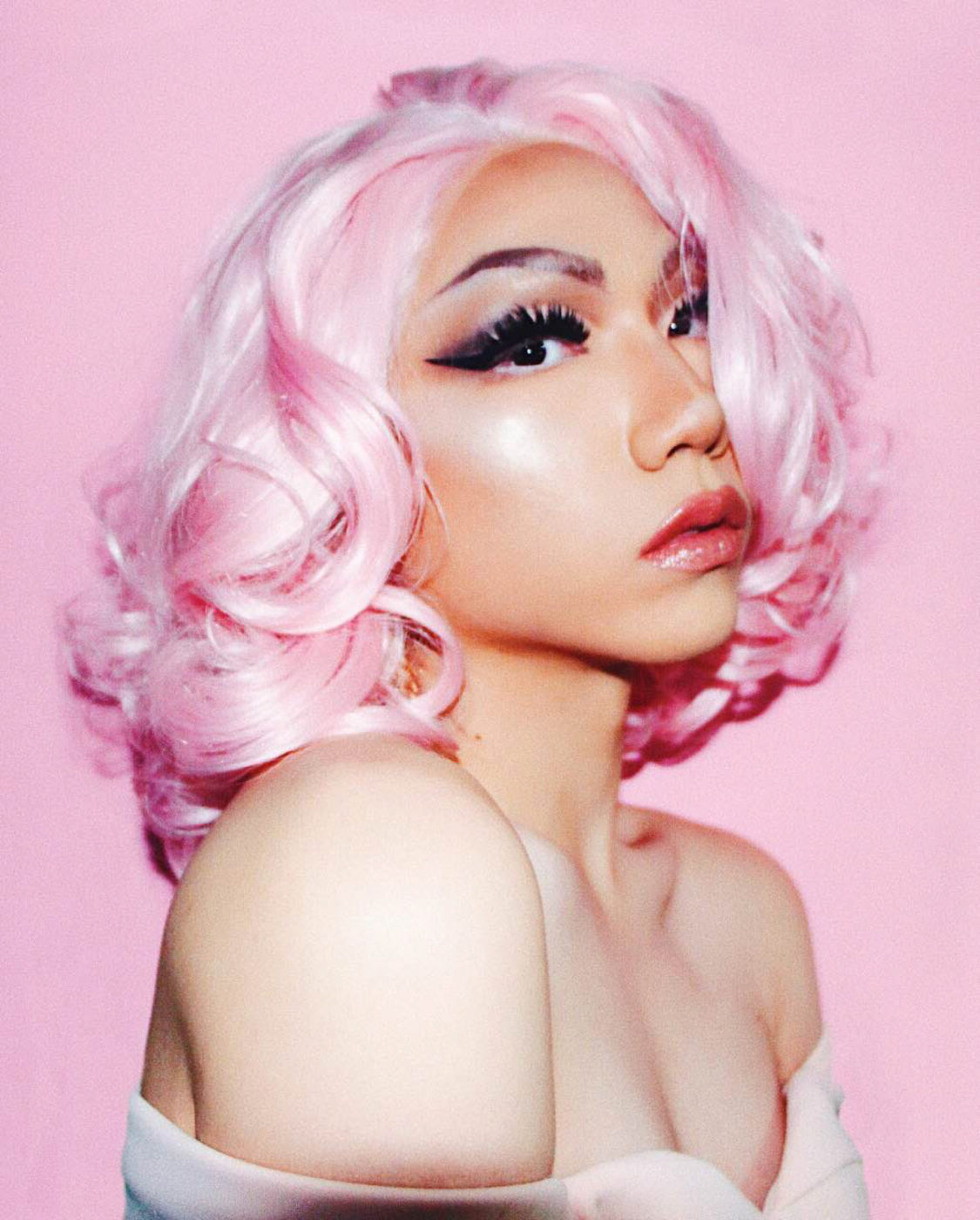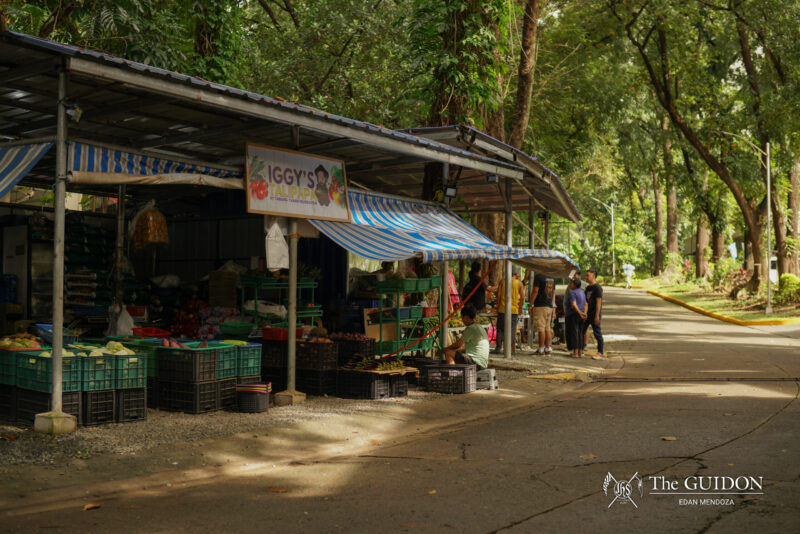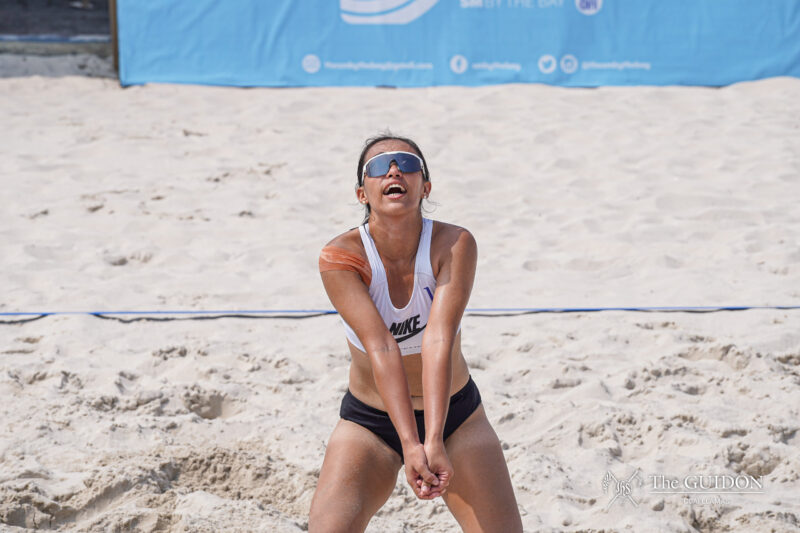Eyelashes are firmly in place, lips are painted in a thick, bright shade of red, and the colossal wig goes on. Heels click on the floor as her dress sways from side to side. But this isn’t just a daily makeup routine. She’s now anyone she wants to be–fierce and fabulous. This is a performance and all the world’s a stage.
But in a conservative country where the overall attitude towards Lesbian, Gay, Bisexual Transgender, Queer+ (LGBTQ+) rights can be described as tolerant at best, there is an underlying question of what it really means to be considered as a drag queen in the Philippines.
A distant past
Drag is the act of a person, usually male, to dress in the clothing of the opposite sex and perform with exaggerated femininity for the purpose of entertainment or fashion. It has its roots in the dramatic practice. Perhaps one of its earliest records goes back to ancient Greek theatre where women were forbidden from performances, forcing men to dress up as women in order to play female characters.
Likewise in Asia, Japan issued a ban on female actors in kabuki theatre, a classical Japanese dance-drama, because they were thought to be prostitutes during the 17th century. This ban made Japanese male actors serve as “onnagata” or female impersonators in kabuki productions during the 19th century.
In pre-colonial Philippines, on the other hand, there also existed a culture of men dressing up as women in the form of the “asog” or “asug,” which is similar to the babaylan. These babaylan were community members, usually women, who served as religious leaders, healers, shamans, or seers.
According to a study by University of the Philippines-Diliman film and visual communication graduate Jay Jomar F. Quintos, the “asog” refers to either “a male who dresses, acts, and thinks like a female,” or a “hermafrodito (hermaphrodite),” which is a person who has both male and female sex organs or sexual characteristics.
Quintos cites the Vocabulario de la Lengua Tagala (1860) and the Vocabulario de la Lengua Bicol (1865) as his sources, albeit both were critiques by Spaniards on the local society.
Nonetheless, Quintos explains the lengths by which fluidity in gender and sexuality was treated without discrimination in pre-colonial Philippines. He expounds on how the babaylan, which were usually women, and the asog, were one of the most highly regarded people in a barangay, or small community. Today, however, multiplicities in gender and sexuality are without a doubt distant to the modern-day Filipino—much less, the idea of drag as an art.
Taking the stage
A drag queen’s world is like the theater. For professional drag queen DeeDee Marie Holliday, her performances involve learning the part, memorizing the lines, and making sure that the message of the songs she sings reaches the audience.
Holliday says drag goes beyond the clothing and fashion. “There’s a discipline behind it,” she says. “It doesn’t matter what you’re doing. If you’re going to do drag go for it 150%!”
She explains that there’s a line between drag and crossdressing that people usually overlook. While the latter is defined as wearing clothing of the opposite gender, drag is focused more on “emulating the stronger persona in each person,” one who is bolder or more fabulous.
When asked for her definition of drag, political science junior Lulu Espinoza, a member of Ateneo Dollhouse, quotes American drag queen RuPaul Andre Charles. “[She] has this saying in one of her songs…‘We’re all born naked, and the rest is drag.’”.
RuPaul is known globally as the producer and host of the Primetime Emmy award-winning show, RuPaul’s Drag Race. The show features a list of drag queens who compete to be selected as “America’s Next Drag Superstar” by RuPaul and a panel of judges.
The show has revolutionized the culture of drag in America, bringing the practice into a celebratory light. Yet despite its colossal impact on the LGBTQ+ community, season nine winner Sasha Velour claims in an interview with NBC News that the show is an “introductory course to the art form, not a historical document.”
This sentiment is shared by RuPaul herself, who claims that the emphasis of the show is to showcase art, and that it becoming a battle cry for activism is a happy side-effect.
“Drag queens are often belittled because other people think of them as men in dresses, but there’s more to that,” says interdisciplinary studies senior Kippie Paurom, who is also a member of Dollhouse. “It’s an art form.”
Certainly, this view is gaining traction in the West, aided by shows like RuPaul’s Drag Race. But the prevalent attitude towards drag in the Philippines seems to have not changed much over the years.
“Drag here in the Philippines is seen as cheap, loud, and not a respectable job,” says information design sophomore and Dollhouse member Noah Escarda. “It’s divided mostly into two categories: beauty and comedy.” Escarda describes how the Filipino media miscommunicates the art of drag, perpetuating incorrect notions and pedalling the image of a crass drag queen telling jokes.
Dollhouse Sex Gen (Secretary General) Josie Go, an interdisciplinary studies senior, remarks that “these kinds of portrayals of drag make it difficult for the Philippine audience to view drag in a light that is separate from simply a comedy show.”
Leading the future
Like Escarda and Go, Holliday also shares the impression of drag portrayal in Philippine mainstream media such as in the noontime show Eat Bulaga. She notes that if it isn’t loud, gay people in comedy, it’s cis men (those who identify with the sex they were born with) portraying feminine or gay characters for comedy.
Holliday expresses the need for a good representation of what the drag community really does. Drag isn’t merely for comedy, as it extends to drama, high fashion, and more.
When Holliday started out doing drag, shows like Rupaul’s didn’t exist, and most people only knew drag from very few Western films. While she was able to experiment with who she wanted to become, she had no one to look up to. This shows the importance of having good representation of the drag community for the younger generation who may want to be part of the community.
Other negative ideas on drag culture come from conservative thinking. When Holliday goes out in drag, she sometimes overhears parents telling their children, “Don’t look!” While this doesn’t offend Holliday anymore, some of her friends see it differently.“I think it’s their own beliefs that hold them back [in expressing themselves],” she says, noting it’s not necessarily because of religion, but because of upbringing.
Moreover, Holliday says that dealing with conservative people is the price of being oneself in public. “There’s a drag queen who told me, ‘If you’re not offending anyone, then you’re not doing drag,’” she says.
When asked how she sees the drag in relation to LGBTQ+ representation, Holliday explains that they usually show the extreme side of the community. “We are not afraid to express who we are. We are not afraid to tell people [that] we are just like everyone else, and [that] you have to leave us alone.”
In a country where conservative tendencies still prevail, one may wonder where the Philippine drag community can go from here. Holliday sees that representation and acceptance is very prominent among the younger generation. She observes drag now being sported by university students around the Philippines when they come together for LGBTQ+ marches or festivals, such as the recent 2017 Pride March in Marikina.
Although some may simply see it as men dressing up in ridiculous outfits, and putting on excessive makeup, there’s truly so much more to drag culture that meets the eye. Drag culture encompasses self-expression through art, fashion, performance delivery, and strong representation. It gives voice to the silenced, mocked, or scared parts of the LGBTQ+ community.
“Drag is the freedom to go beyond what society says you can or cannot do,” says Paurom. “Drag is transcendent!”







